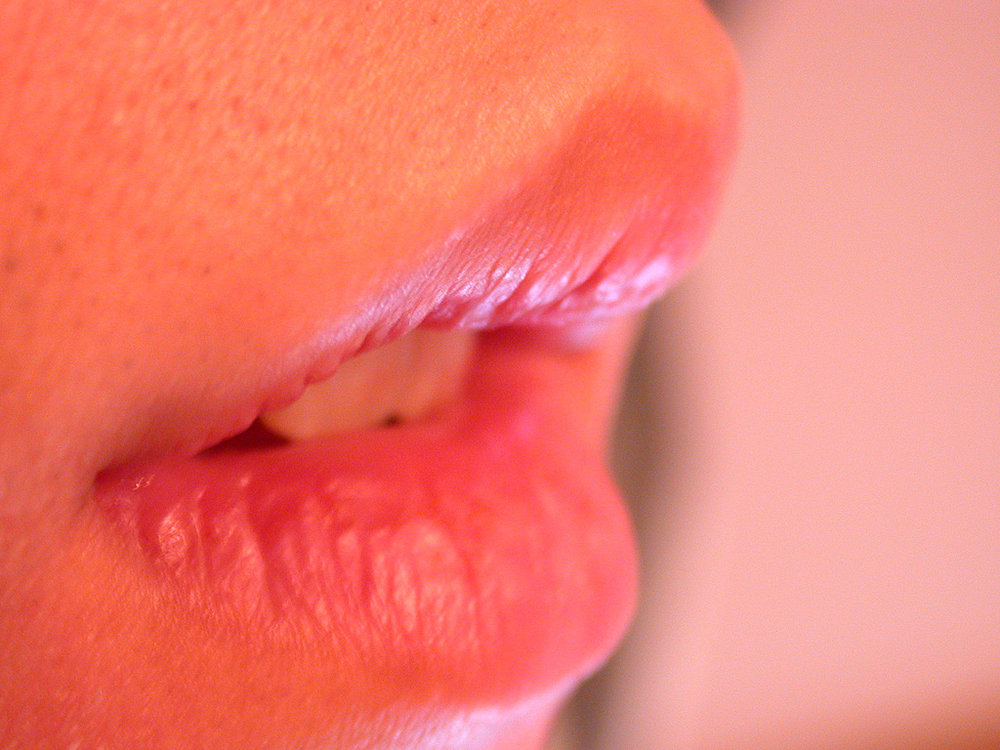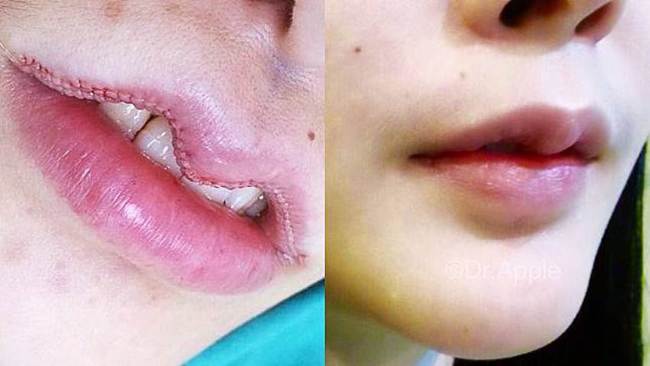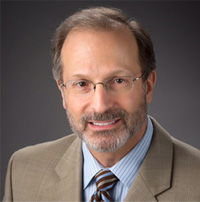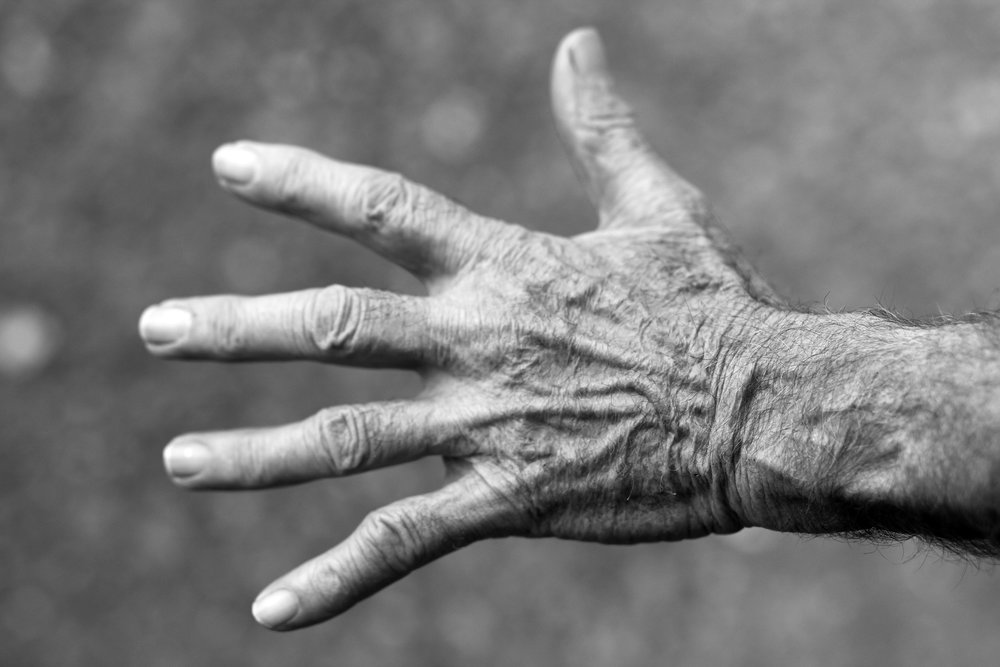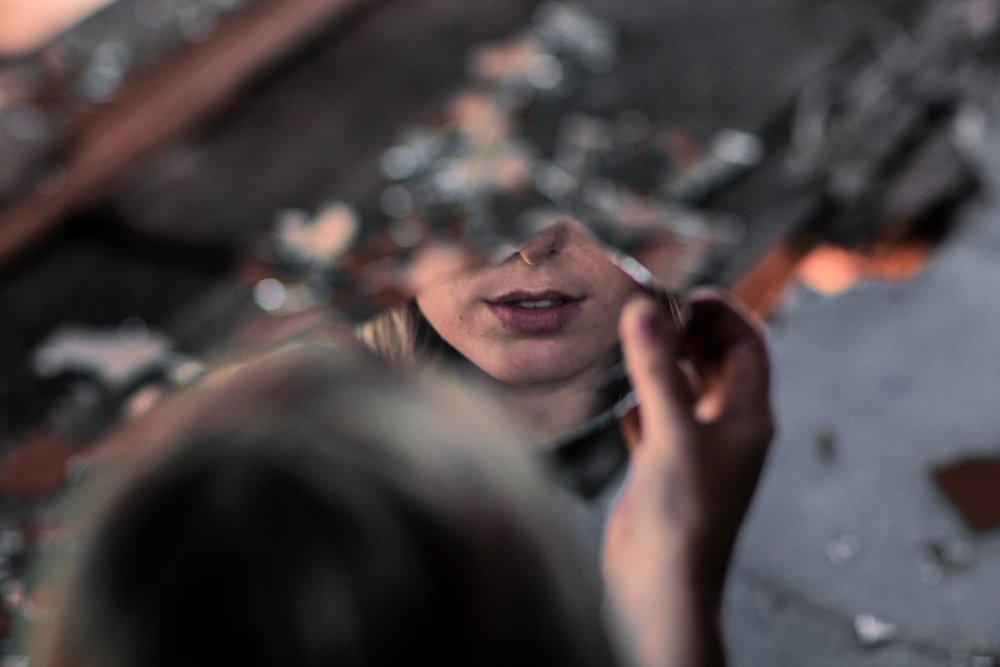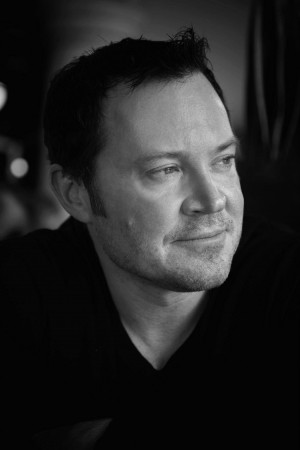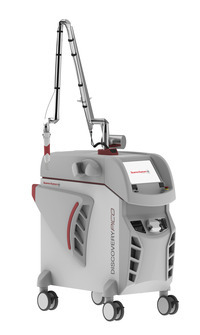Guest post by Dr. Steven Ang
This article is a personal review of some of the Picosecond lasers currently available in the market. The relevant distributors in Singapore had provided information on these lasers, when the machines were tested in November and December 2016.
The first commercially available Picosecond laser was the Picosure, introduced by Cynosure Inc about four years ago. Since then, more of such lasers have entered the market. When launched, the Picosure was a 755 nm Alexandrite laser, but Cynosure has since taken measures to introduce two other wavelengths, 1064 nm and 532 nm. All the other companies primarily used the 1064 nm and 532 nm wavelengths, in addition to other wavelengths. These wavelengths are usually introduced to tackle the problem of removing stubborn green and blue inks in tattoos.
For anyone contemplating to purchase a Picosecond laser, the first question that naturally comes to mind is: Is there a need? Is the Picosecond laser really superior to the more commonly available and much less expensive Nanosecond Laser?
According to a systematic review article in the journal, Lasers in Medical Science, in September 2016, the Picosecond laser had not proven its superiority over the Nanosecond laser in the removal of blue and black tattoos. However, in the same journal in February 2017, Forbat, Ali and Al-Niaimi posited in a letter that the applications of the Picosecond laser could extend beyond tattoos to pigmentation reduction and tissue remodeling.
On deeper analysis, the Picosecond technology is rather persuasive. The idea seems logical that when the pulse width is narrowed, laser energy can be more efficiently converted into the mechanical stress needed to fracture particles into smaller fragments, which are easier for the body to remove, and there is less risk for side effects. When used in the removal of tattoos, for example, the notion that the laser exerts a photoaccoustic effect and not a photothermal effect, appears reasonable. Therefore, this can shorten the number of treatments needed.
In evaluating which laser to purchase, I believe you need to consider the following factors:
Is it effective? For this, you can look for published studies and also news about the lasers. One limiting factor is that since Picosecond lasers are relatively new, there may a paucity of studies, and even if available, the sample size is usually small. You should try out each laser for yourself to determine the relative efficacy.
What are the technical specifications? 1000 picoseconds equal 1 nanosecond. To me, in a simplistic way, the lower the wavelength is in picoseconds, the more potential it has. If a greater range of power and fluence is available, the more flexible it is. It is arguable whether you still need a Nanosecond mode, but it is always reassuring if the mode is present.
What is your primary reason to purchase the equipment? I believe that in Western countries, the primary reason is to remove tattoos. In Asia, the main reason may be to treat hyperpigmentation like melasma.
What is your budget? The Picosecond laser doesn’t come cheap and you need to set aside a budget of about USD$200,000 or more. You need to plan carefully to optimize your return of investment.
Are there any local factors that may influence your purchase? For example, the strength of representation of the distributor/agent in your state/country is important. The major manufacturers usually have their appointees in each state/country. The track record of the distributor/agent in servicing and repairing machines is important. Another local factor to consider is whether the machine can be used on your local electricity grid or whether you need to make special adaptation.
Should you buy a new machine or a used one? Because of the short history of the Picosecond lasers, there may not be many used units in the market. Check the usage clocked, the ease to service the machine and the potential costs to service and if need be, repair the equipment.
I have reviewed the following Picosecond lasers: The Discovery Plus from Quanta, the Pico Plus from Lutronic, the Picoway from Syneron-Candela and the Enlighten from Cutera.
A comparison is given at Table 1.


